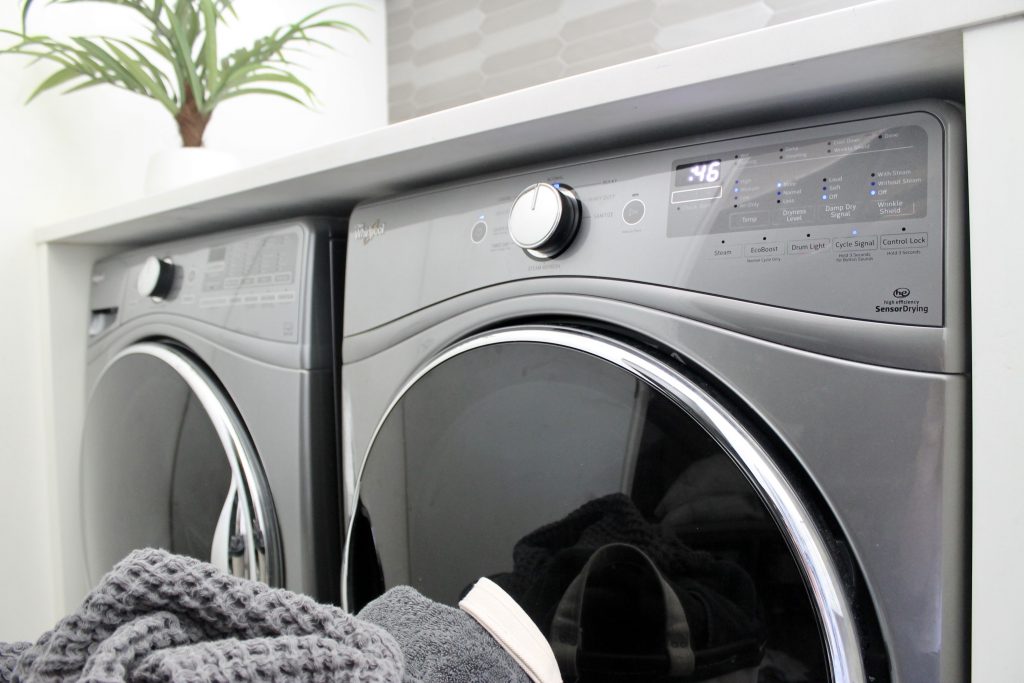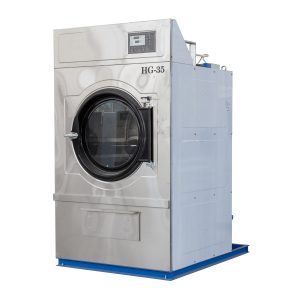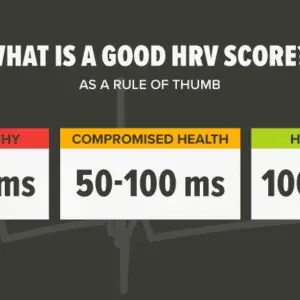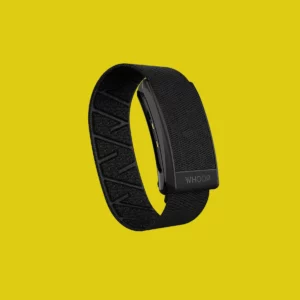
A clothes dryer is equipment that no householder would like to be without. Even though it is frequently used equipment, it is frequently overlooked when it comes to maintenance. Not until you may be rushing out, do you dash to the laundry room, fling open the dryer door, and find that your work clothes are still moist after an hour of drying. “How long does it take for a dryer to dry my cloth?” you wonder as you rush to change into something else.
Average dryer cycle times and common maintenance issues are vital to understanding.
How Long Do Dryers Take to Dry?
A full load of clothes should take about 30 to 45 minutes to dry in a gas or electric dryer. Dense fabrics, such as a quilt or a load of thick bath towels, may take an hour or more to dry. If your dryer is taking too long to dry your laundry, instead of ignoring it, figure out what’s wrong. A malfunctioning dryer can increase your power bills or, worse, cause a fire in your home, in addition to being inconvenient.

This is presuming that the dryer is in proper working order and is not damaged or overloaded.
Several factors influence the length of a dryer cycle, such as:
- What are you drying?
- Configuration of Load Size
- Settings
- Dryer Efficiency
- Upkeep the dryer
- Problems with technology
I’ll go over each of these in greater detail further down.
What are you drying?
Thicker fabrics, like a duvet, don’t dry faster than lighter fabrics, like a t-shirt. It takes 30-45 minutes for a load of clothes to dry completely, but heavier loads, such as blankets or towels, may take an hour or more.
Small loads of sheets or delicate can be dried in as little as 20-25 minutes.
Configuration of Load Size
The more the load is, as well as huge and bulky goods, require the longer time to dry. For example, because of its size, I once purchased a thick king-size comforter that took longer to dry than any other bedding I’d ever owned.
Nonetheless, the amount of load present directly equals the time it will take to dry. You can’t expect a single towel or piece of clothing to spend the same amount of time in the dryer as a full load, if not less.
If you need to be out of the house quickly but need a certain item to dry first, put that item in the dryer first and then transfer the remainder of the load once it has dried.
Furthermore, if your laundry takes a long time to dry, it’s conceivable that you’re putting too many loads in at once.
Because my washer and dryer were purchased separately and the washer can take a considerably larger load, my family must be careful not to overload our dryer!
Settings
Drying periods will be faster or shorter depending on the heat level on your dryer. For precise instructions, refer to the instructions that came with your dryer or the labels on your articles.
The sooner your clothes dry, the hotter the setting. This isn’t a good thing for all fabrics, either, as it might harm them.
Dryer Efficiency
From the start, certain dryers machines are more effective than others. This may be due to the brand or model of the dryer being used.
While ventilated dryers are common in most homes, condensed and heat pump dryers are available and take longer to dry. (They have the advantages of portability and energy efficiency.)
Other factors, like upkeep and technical concerns, play a role in inefficiency.
Upkeep the dryer
A dryer that is cleaned on a constant schedule will last better and run effectively than one that is not.
At least 2 times a year, clean the vent at the back of your dryer.
This not only keeps your appliance in good working order but also eliminates a fire hazard in your home. It’s critical to always stay to it.
Problems with technology
If your dryer is suffering technical issues that prohibit it from performing properly, your laundry may take much longer to dry than usual.
The following are some of the technical issues that can cause your dryer to function poorly:
- Due to lint build-up, there is a lack of airflow.
- A clogged air vent
- The air vent is just too long, and the heating coils are broken.
- Sensors or a broken thermostat
Some of these can be fixed by you, especially if you’re handy! You may need to call a professional to repair your dryer if this is not the case.
Tips for Troubleshooting a Dryer That Is Taking Too Long to Dry
Examine all of the potential dryer issues listed below.
An error by the user
Using the incorrect heat and/or timer parameters for the fabric type, as well as overloading the dryer, are common dryer blunders. For recommended drying durations, load capacity, and heat settings, consult the owner’s manual. Clothes require space to tumble freely for air to flow around them.
Problems with the lint trap or the air vent
Dryers need sufficient airflow and a clear exhaust path to perform successfully. The dryer may overheat if the venting hose is blocked with lint, cracked, or excessively lengthy. Most current dryers have high-temperature sensors as a safety feature that turn off the heat when the temperature reaches a specified amount.
While the drum may continue to tumble, clothing that is not heated will take a long time to dry. Although clearing the lint trap after each usage can help reduce lint build-up in the vent hose, professional dryer vent cleaning is still required at least once a year to avoid inefficient functioning and the risk of fire.
The heating element is not working properly
A partially or completely burned-out heating element will drastically lengthen drying time or make it difficult to dry garments completely. To examine the heating element and replace it if necessary, see the owner’s manual for your dryer unit.
Thermostats or sensors that aren’t working properly.
Faulty thermostats or sensors are less likely to be the cause of your dryer’s excessive drying time. If one or more of the parts fails, your dryer will not maintain the proper temperature. Check the manufacturer’s directions for evaluating these parts on your dryer once again.




